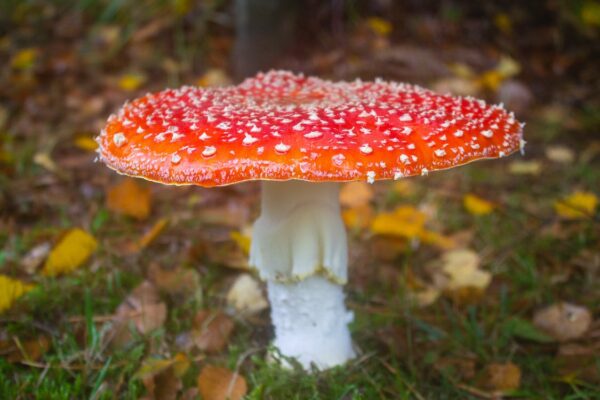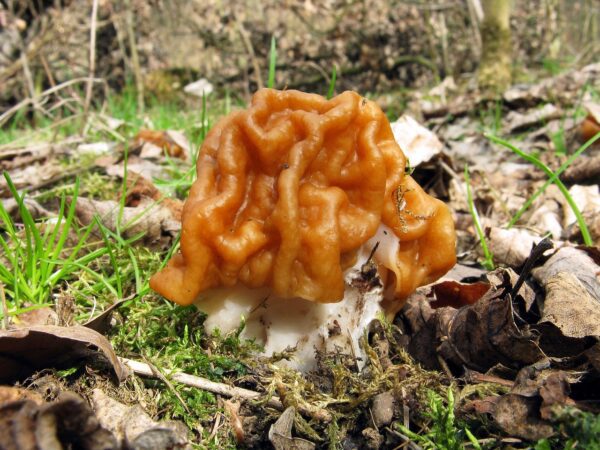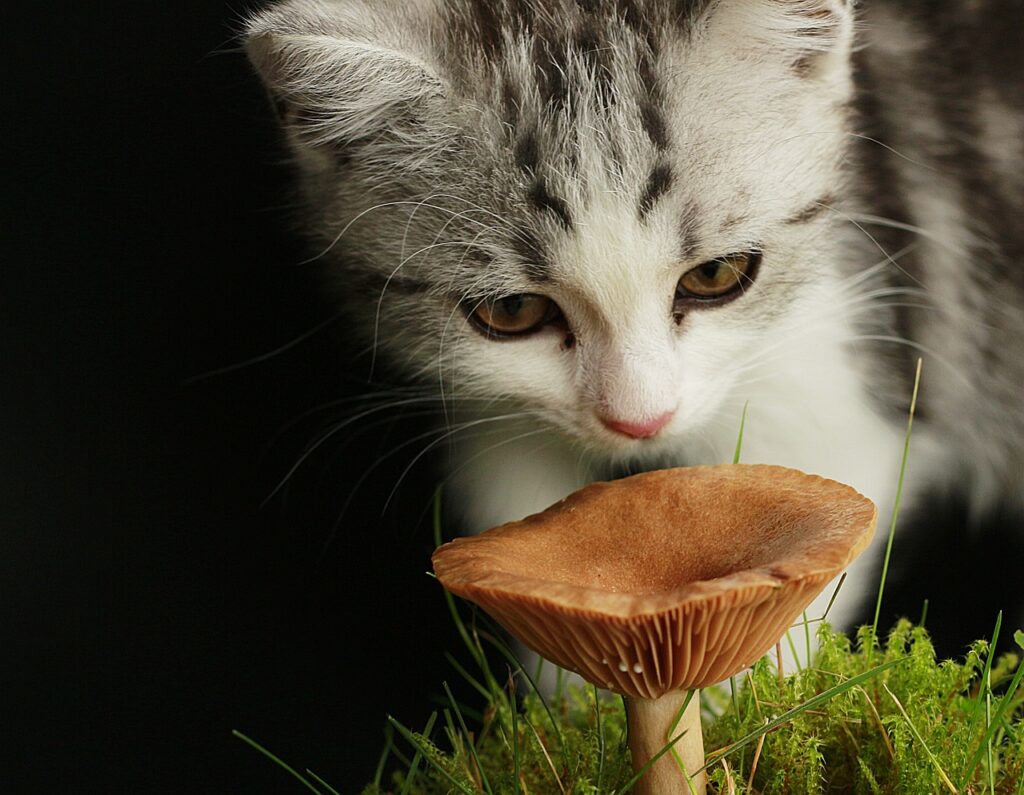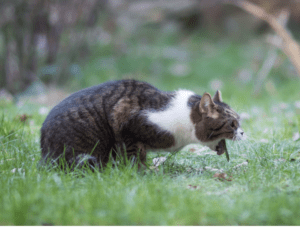Wild mushrooms, with their diverse shapes and vibrant colors, can be a captivating sight during outdoor adventures. These seemingly innocuous fungi can pose a significant threat to the health and safety of our beloved companions. While some mushrooms are harmless, others can be highly toxic if ingested. In this comprehensive guide, we will delve into the risks associated with wild mushrooms and provide essential information on how to protect our pets from potential harm.
There are several species that contain toxins that can cause a range of symptoms in our pets, from mild gastrointestinal upset to severe neurological problems and even death. That is why it is essential to be aware of these dangers, especially if they live in areas where toxic mushrooms are prevalent.
What mushrooms to look out for?
Several species of wild mushrooms are particularly hazardous to furry family members, including:
- Amanita species: These mushrooms are among the most toxic and can cause liver failure and death. They are characterized by their distinctive cap, stem, and gills. Caps can range in color ranging from white and yellow to red, brown, or even green, and often have warts or patches. Stems may feature a ring or bulbous base, with a volva, a cup-like structure at the base.

- Galerina species: Often found growing on decaying woods in forested habitats, these small to medium-sized mushrooms contain toxins that can lead to liver and kidney damage. They feature slender stems, small convex to bell-shaped caps, and typically lack a ring or volva. Caps vary in color from pale tan to darker shades of brown, with smooth or slightly fibrillose surfaces.

- Gyromitra species: Also known as false morels, these mushrooms contain the toxic compound gyromitrin that can cause seizures and neurological symptoms, or death in our four-legged friends. They are characterized by their brain-like or saddle-shaped caps and irregular stems. Found in forested areas, they range in color from pale yellow to dark brown.

- Cortinarius species: Ingestion of these mushrooms can result in kidney failure, particularly in dogs. They are characterized by robust stature, convex to bell-shaped caps, and fibrous stems. Caps vary in color, often with shades of brown, purple, or yellow, while stems match or complement cap color. Found in diverse habitats like forests and meadows, some form mycorrhizal relationships with trees.

Symptoms of Mushroom Poisoning:
Cats and dogs that have ingested toxic mushrooms, may exhibit a range of symptoms, which can vary depending on the type and amount of mushroom consumed. Common signs of mushroom poisoning include:
- Vomiting
- Diarrhea
- Lethargy
- Weakness
- Tremors
- Seizures
- Jaundice
- Difficulty breathing
- Organ failure and death (in severe cases if left untreated)
It’s important to note that symptoms may not appear immediately after ingestion and can take hours to days to manifest.
What to Do If They Ingest a Wild Mushroom:
If you suspect that they have ingested a wild mushroom, it is crucial to seek veterinary care immediately. Time is of the essence, as prompt treatment can greatly improve the chances of a positive outcome. Even if they are not displaying symptoms, it is essential to consult with a veterinarian, as some toxic mushrooms may not cause immediate signs of poisoning. Treatment may include inducing vomiting, administering activated charcoal to absorb toxins, intravenous fluids to support organ function, and other supportive care measures. It’s important to follow your veterinarian’s recommendations closely and monitor their condition during recovery.
When seeking veterinary assistance, be prepared to provide information about the type of mushroom ingested, if possible. If you are uncertain about the species of mushroom, try to collect a sample for identification purposes, being careful to avoid handling it directly. Photographs of the mushroom and its surroundings can also be helpful in determining its identity. Additionally, fur parents should inform their veterinarian about any medications or supplements their petted pals may be taking, as this information can affect treatment decisions.
Prevention Tips:
Preventing mushroom poisoning in pets begins with awareness and vigilance. Here are some essential tips to help keep your domesticated pal safe:
- Familiarize yourself with the toxic mushrooms that are common in your area. Local mushroom clubs or online resources can be valuable sources of information.
- Regularly inspect your yard and outdoor spaces for wild mushrooms, especially after periods of rain or moisture. Pay close attention to areas where mushrooms are likely to grow, such as under trees or in shaded areas.
- Remove any mushrooms that you find immediately, being careful to dispose of them in a way that prevents them from accessing them. It’s important to remove both the mushroom and its root system to prevent regrowth.
- Supervise your pet closely when they are outdoors, and prevent them from scavenging or foraging for mushrooms. Keep them on a leash or within a fenced area to prevent them from wandering off and encountering potentially toxic mushrooms.
- Train your your cat or dog to avoid eating anything found outdoors, using positive reinforcement techniques to reward desired behaviors. Teach them to “leave it” when they encounter something on the ground and reward them with treats or praise for complying.
- Consider using a basket muzzle or leash to prevent them from picking up objects while on walks or hikes in areas where wild mushrooms are present. While muzzles should only be used under supervision and for short periods, they can be an effective tool for preventing ingestion of harmful substances.
While wild mushrooms are pleasing to the eyes, they pose a potential danger. By understanding the risks associated with toxic mushrooms and taking proactive measures to prevent exposure, we can help ensure their health and safety. If you suspect they have ingested a wild mushroom, don’t hesitate to seek veterinary care immediately. Your swift action could save their life.









